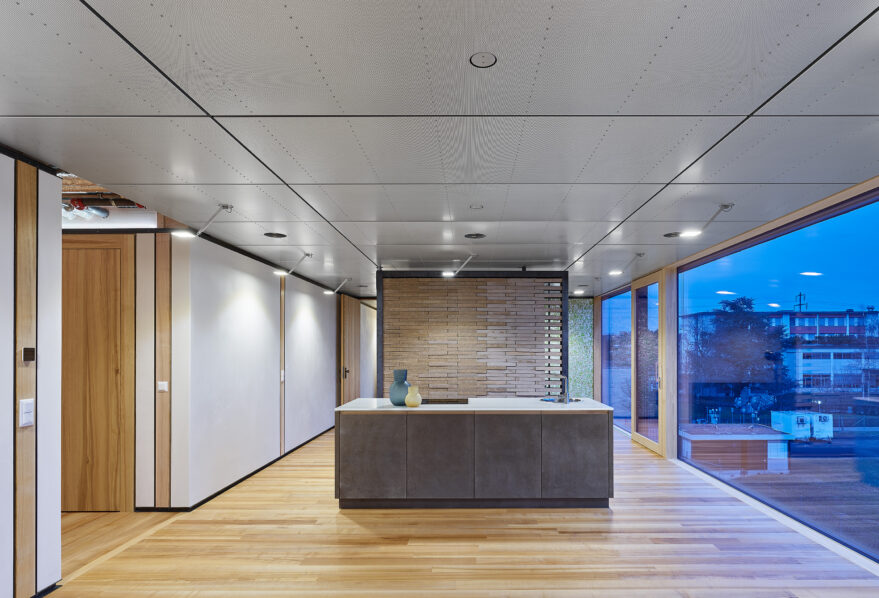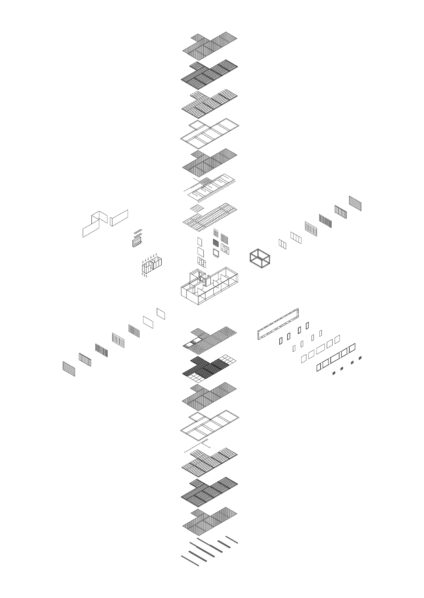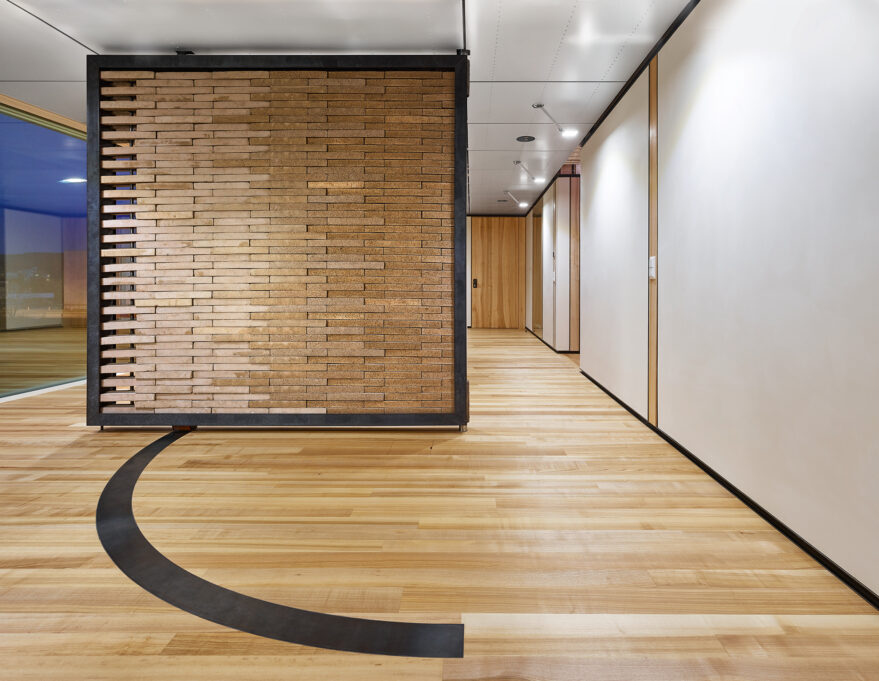
NEST Unit UMAR
The Urban Mining & Recycling (UMAR) Experimental Unit is part of the NEST research building on the campus of the Swiss Federal Laboratories for Materials Science and Technology (Empa) in Dübendorf, Switzerland.
The building design created by Werner Sobek in collaboration with Dirk E. Hebel and Felix Heisel demonstrates how a responsible approach to dealing with our natural resources can go hand in hand with appealing architectural form.
Life-Cycle Thinking
The project is underpinned by the proposition that all the resources required to construct a building must be fully reusable, recyclable or compostable. This places life-cycle thinking at the forefront of the design: Instead of merely using and subsequently disposing of resources, they are borrowed from their technical and biological cycles for a certain amount of time before being put back into circulation once again.
Such an approach makes reusing and repurposing materials just as important as recycling and upcycling them (both at a systemic and a molecular/biological level, e.g. via melting or composting). This conceptual emphasis means that UMAR functions simultaneously as a materials laboratory and a temporary material storage.
The following approaches lie at the heart of the design:
1. Temporary removal and borrowing instead of permanent acquisition and disposal
2. Maximal modularisation and prefabrication
3. The potential for all materials and products to be extracted cleanly, separated out and sorted
Modular Construction
The building, which is created on the basis of a modular construction concept, is fully prefabricated and tested in the factory. The supporting structure and large parts of the facade consist of untreated wood, a material that can be reused or composted after the building is dismantled.
The facade also includes aluminium and copper, two types of metal that can be separated out cleanly, melted down and recycled. The interior of the unit contains an extremely diverse range of serially manufactured building products.
The various constituent materials used for UMAR can be separated out and sorted before being introduced back into their respective materials cycles without leaving behind any residue or waste.
Among the technologies used here are cultivated mycelium boards, innovative recycled bricks, repurposed insulation materials, leased floor coverings and a multifunctional solar thermal installation.
Visitors can learn about all of the materials and products used in the project at the entrance to the unit and in the dedicated materials library.


Storage for Materials and Information
The UMAR unit is not just a material storage, but also a public repository of information that is intended to serve as a model example and a source of inspiration for other building projects. UMAR wants to make a contribution to the paradigm shift that is required in the construction industry.
The module functions both as a laboratory and a test run for sustainable building projects and the processes associated with them.
In collaboration with partners from the worlds of planning, administration and production, the unit’s goal is to examine resource consumption and the key issues in the construction industry and use its insights to develop a range of innovative tools and approaches.









